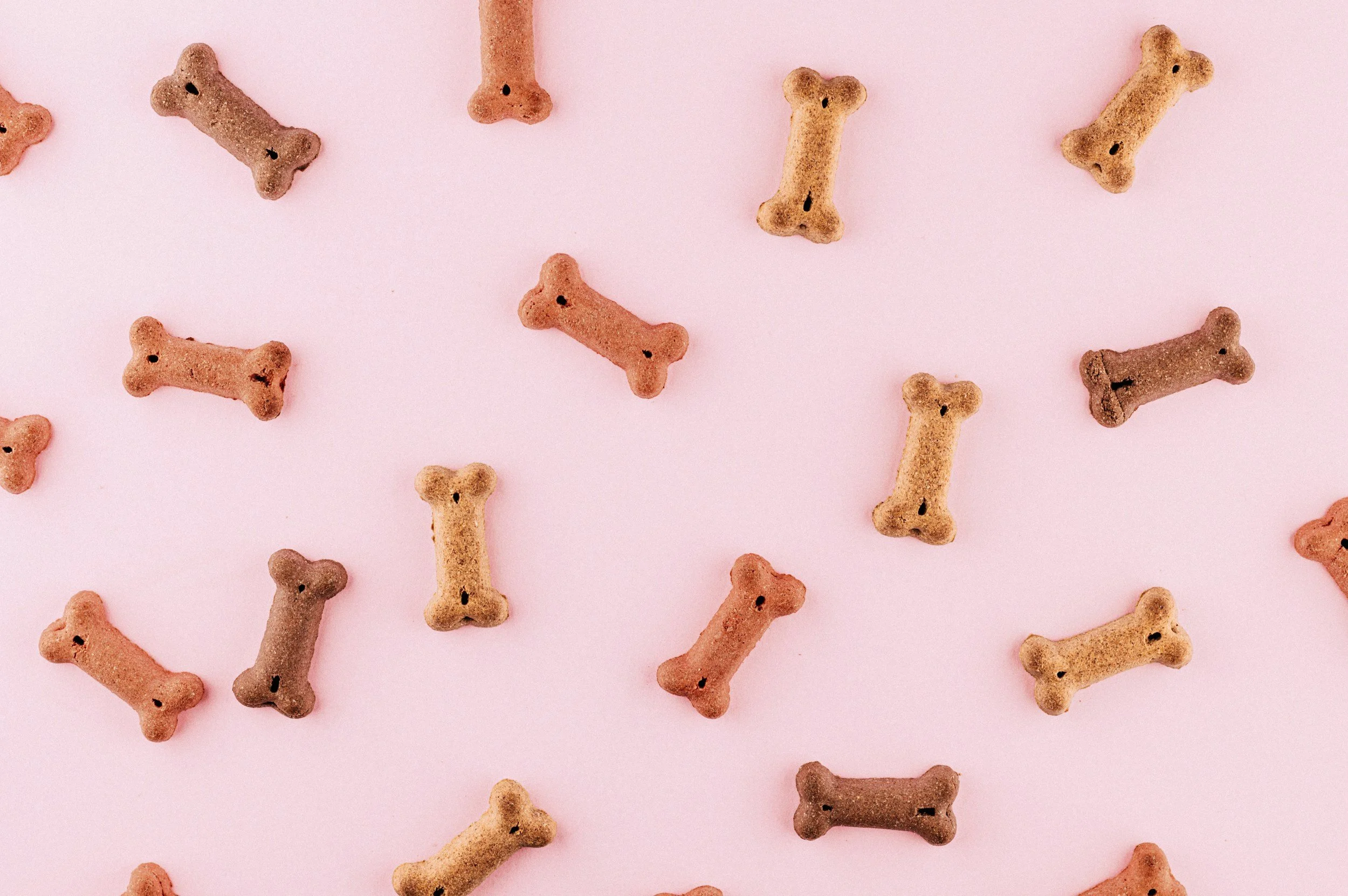
Dog Training & Behavior Tips

What is a High-Value Reinforcer in Dog Training and Why is it Important to Use One?
When it comes to training our furry friends, using high-value reinforcers can make all the difference. These reinforcers, which can come in the form of treats, toys, verbal praise, or even physical affection, provide a clear signal to the dog that they have accomplished the desired behavior. (Check out our big list of reinforcers if you need help thinking of possible reinforcers to try out!) On the other hand, low-value reinforcers, or things you may believe are reinforcing, but aren't, can actually confuse and slow down training progress. So what makes a reinforcer high-value? It varies from dog to dog - for some pooches, it might be a crispy bacon treat, for others, it could be a game of fetch with their favorite toy. The key is to observe your dog's body language and reactions during training sessions and determine which reinforcer gets them the most engaged and increases and strengthens the targeted behavior. Using high-value reinforcers appropriately can not only help keep training sessions fun and engaging for both you and your pup but also increase efficiency and speed in learning behaviors and cues.

Operant or Classical Conditioning In Dog Training: Is It Possible To Use Just One?
If you're new to the world of dog training, you may be wondering what operant conditioning and classical conditioning are, how they differ from one another, and if you can use them separately from one another. Both operant conditioning and classical conditioning are important elements of dog training, and it's important to understand the difference between the two in order to be the best trainer possible. Here's a brief overview of each type of conditioning, as well as a history of their respective pioneers, Ivan Pavlov and B.F. Skinner.

How To Help A Fearful Dog Gain Confidence
If your dog is fearful, you may be wondering what you can do to help them feel more confident. Some dogs may be more fearful or hesitant than others, which can make training more challenging due to past experiences, social learning from other fearful dogs in the household, or even genetics. Luckily, there are positive reinforcement-based training methods and behavioral modification techniques, like desensitization and counter-conditioning that you can use to help your dog gain the confidence he or she needs to thrive. Keep reading to learn more about how to help a fearful dog gain confidence by using positive reinforcement and behavior modification techniques.

Halloween and Your Anxious Dog: A Guide to Keeping Them Calm
It's that time of year again - the leaves are changing color, the air is getting crisp, and Halloween is just around the corner. For many of us, Halloween is a fun and festive time. But for our dogs, it can be a very stressful holiday with the constant stream of strangers coming to your door to the spooky noises (and movements!) of Halloween decorations. If your dog is anxious about strangers knocking on the door or the novelty that Halloween brings, here are a few steps you can take to help them feel more at ease.

Introducing a New Dog: Adjusting to a New Home
Introducing a new animal into your family is always an exciting (though sometimes, stressful) process. When Googling “adopting a new dog”, you will find a wide range of suggestions from the science-based to personal opinion. This can make the process of introducing a new dog into your home smoothly seem challenging and taxing. However, it definitely doesn’t have to feel this way.
